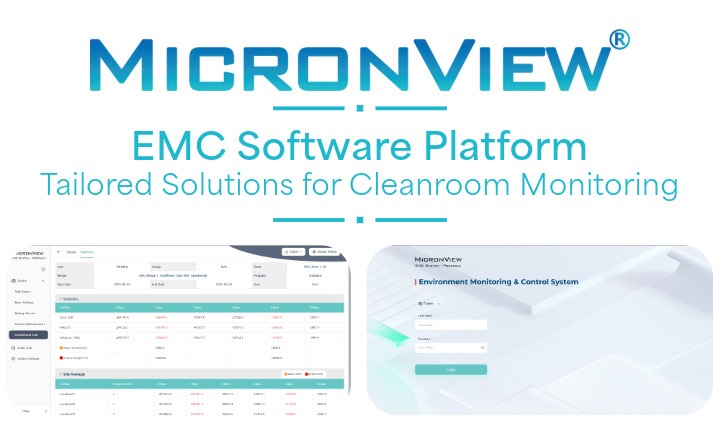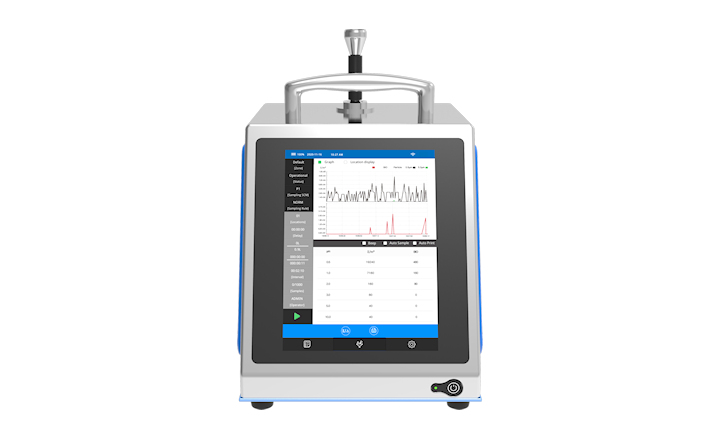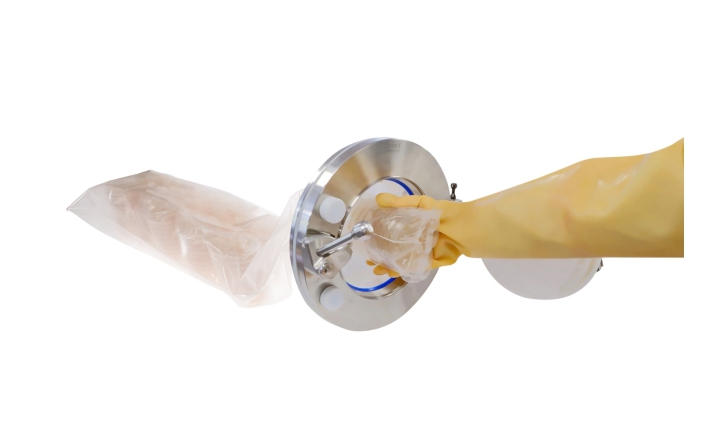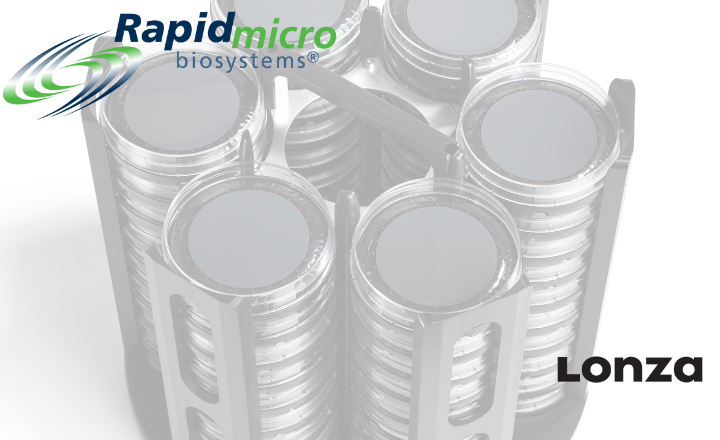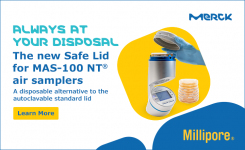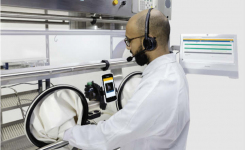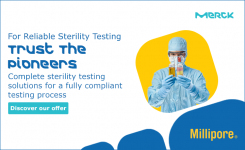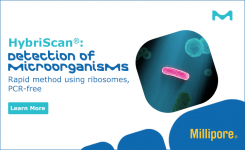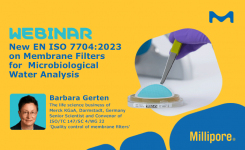by Tony Ancrum, Technical Marketing Manager, Merck Millipore, Germany and Anne Connors, Field Marketing Manager, EMD Millipore, USA
Microbiological testing of air and compressed gases are a vital part of any laboratory’s operation. Airborne microorganisms such as bacterial and fungal cells and spores can remain suspended in the air and can contaminate sensitive manufacturing operations. Operational protocol must include robust air sampling to ensure that the concentration of airborne particles meets specified particulate cleanliness regulations, including ISO 14698 part 1 and part 2. Part 1 of ISO 14698 describes the general principles and methodology that must be in place to ensure that biocontamination in cleanrooms and associated controlled environments is monitored in a reproducible way and that control measures are in place. Part 2 specifically contributes guidance on the estimation of biocontamination data obtained from sampling.
If proper sampling is not conducted, contamination can go undetected. Undetected contamination of any variety – from the air or personnel or surfaces – can have serious consequences for a lab, as evidenced by the recent suspension of activity of the Clinical Center Pharmaceutical Development Section (PDS) at the National Institutes of Health. The PDS manufactures products for use in clinical studies conducted in hospitals and collaborating facilities. Vials produced at the PDS and administered to 6 patients were discovered to be contaminated with a fungus.
When applied in a timely and comprehensive manner, air sampling can help minimize risk and enhance patient safety.
A few methods exist for monitoring air quality for potential contaminants. Traditional passive sampling utilizes a standard agar plate that is exposed to the environment for a predetermined amount of time, then covered and incubated. While simple to perform, this method does not allow for quantification of the volume of air sampled, and results can be dependent on air flow dynamics. Active air sampling, on the other hand, overcomes these drawbacks. A radial fan, controlled by a sensor, regulates air flow in real time and directs the flow to agar plates or strips for collection and identification of microorganisms.
Active Air Sampling The choice of active air sampling systems can be dependent on the area of focus within the lab, whether it’s a compressed gas system, an isolator or a traditional aseptic production area. The MAS-100® series from Merck Millipore is the most comprehensive line of microbial air monitoring systems available and has a variety of solutions available for any area of focus. All systems can be seamlessly integrated into food, beverage, or pharmaceutical manufacturing facilities, with specific models available for critical environments, non-sterile manufacturing, compressed gas, and isolators.
The MAS-100 NT® system is designed for use in critical environments. These include any environment where precise environmental control is critical, including but not limited to laser laboratories, BSL-3 isolation laboratories, hospital operating and isolation rooms, and cleanrooms. The sophisticated MAS-100 NT® system offers increased collection efficiency and impaction speed, the highest airflow accuracy available at ±2.5%, and an integrated mass flow sensor that allows the user to interchange lids without affecting the calibration of the unit. All features of the devices allow for greater flexibility and lower ownership costs.
For less critical environments or non-sterile processes, the MAS-100 VF® is a great solution. With many of the great features of the MAS-100 NT®, this sampler offers simplicity without compromising quality. The MAS-100 VF® utilizes a touch slide control interface, and can be mounted onto a tripod to sample at different angles. Like all MAS-100 systems, the MAS-100 VF® samples at a flow rate of 100 liters per minute regulated by an electronic speed control system.
The MAS-100 CG Ex® system, on the other hand, is used to test compressed gases for microbial contamination, whether the compressed gases are existing as a process gas, control gas with open vent into the cleanroom, or as an aspiration point within a process. Compressed gas systems can release contaminants such as particulates, hydrocarbons and moisture. It is important to have mechanisms in place to properly monitor for harmful contaminants to ensure compliance with ISO regulations. The MAS-100 CG Ex® system comes pre-programmed with compressed air, nitrogen, carbon dioxide and argon test protocols and automates sample collection. The unique mass flow sensor technology maintains accuracy at a range of 1.5-10 bar, and is usable for low flow applications.
Compressed gas is directed through a perforated plate onto the 90 mm standard Petri dish. After sampling the required volume of gas, a gradual decompression occurs automatically, as a sudden pressure change may damage any microbial cells present. The result is preserved microorganisms for cultivation and identification. In addition, the MAS-100 CG Ex® system is the only compressed gas microbial air sampler approved for use in Zone 2 explosion hazard areas.
Another area of focus in a lab is the isolator. The MAS-100 Iso MH® system is for use when testing the air in isolators. The MAS-100 Iso MH® system offers many unique benefits over traditional systems, including the ability to operate up to four sampling heads with just one pump, automatic disinfection of the sampling head and tube, and compliance with GAMP 5 and the ISO 14698 norm. As with other offerings from the MAS-100® line, the Iso MH® system helps laboratories make air sampling safe, easy and accurate.
Conclusion No matter the area of focus in a laboratory, whether it be isolators or compressed gas systems or the air quality, biocontamination must be contained. Proper air sampling can help ensure that the working environment of a laboratory is safe and allows contamination to be detected quickly. More rapid detection allows for rapid response, minimizing the risk to personnel, preventing recall of products, and accelerating the return to normal functioning of the lab.


